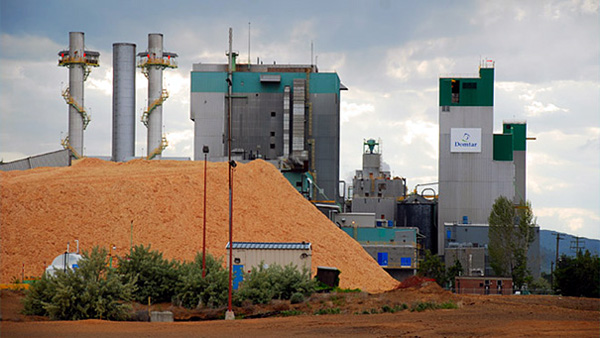Domtar’s Kamloops Pulp Mill Celebrates 50 Years
Employees, elected representatives, and community leaders joined company executives last Friday (December 4) at the Domtar pulp mill in Kamloops, B.C., Canada, to mark the mill's 50th year of operations. The operation began in 1965, when a new and innovative concept for utilizing waste materials from regional sawmilling operations was developed. Sawmill residuals or waste in the form of sawdust and wood chips would be used to make pulp, thereby providing not only economic development in the region, but also addressing a significant environmental challenge facing sawmills of the day. A group of innovative entrepreneurs saw this opportunity and set to constructing a pulp mill in Kamloops.
"Since 1965, this mill has grown with the local community," said Michael Garcia, president of the Domtar Pulp and Paper Division. "I thank all of the Kamloops mill employees for their work and focus on optimizing this mill and driving continuous improvement in a highly competitive market."
Fast-forward to the modern pulp mill of today that produces specialty pulp for its customers along with renewable green energy for the operation and exports to the provincial power grid. Significant environmental focus and improvement has been and continues to be the focus of the mill.
"We all have a role to play in ensuring this mill remains a competitive economic engine in our region," said Carol Lapointe, GM of the Kamloops pulp mill. "We thank the people of Kamloops and the region for their continued support."
The Kamloops facility employs more than 325 people, and the operation supports another 200 transportation jobs delivering fiber to the mill. Today, 22 sawmills in the region supply fiber to the operation, demonstrating that the revolutionary concept of using sawmill waste as raw material for making pulp still makes sense 50 years later.
Domtar Corp. designs, manufactures, markets and distributes a wide variety of fiber-based products, including communication papers, specialty and packaging papers, and absorbent hygiene products. The majority of Domtar’s pulp production is consumed internally to produce paper and consumer products.
TAPPI
http://www.tappi.org/

